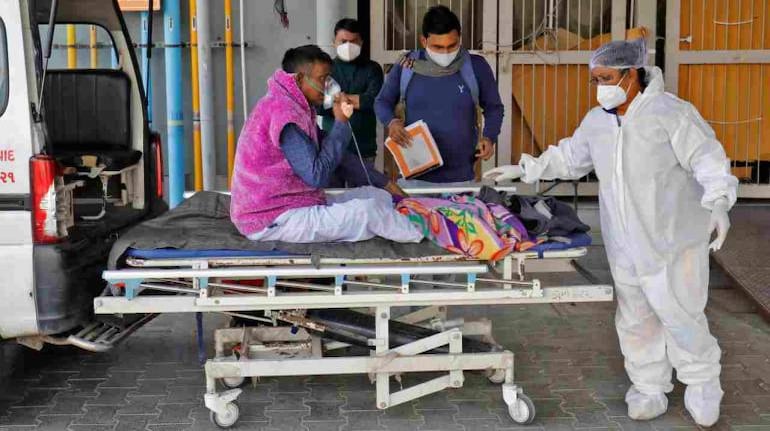



Even as the third wave of the coronavirus pandemic in India is on a decline, researchers from the Indian Institute of Technology Kanpur (IIT-K) have predicted that the fourth wave may set in around June 22 and continue till October 24. However, the severity of the wave, they said, will depend on the emergence of new variants, vaccination status, and administration of booster doses.
The IIT-K researchers predicted that if there is a fourth wave, it will go on at least for four months, the Times of India reported. The statistical prediction has been published on the preprint server MedRxiv on February 24. According to their paper, the curve will peak sometime around August 15 to 31 and decline thereafter.
Predictions by the researchers have reportedly been near accurate during the last three times, with a deviation of only a few days. The team, conducted by the Sabara Parshad Rajeshbhai, Subhra Sankar Dhar and Shalabh of the department of mathematics and statistics of IIT-K, used a statistical model for their prediction and said that the fourth wave in India may arrive 936 days after the initial available date of the Covid-19 outbreak (January 30, 2020).
“Therefore, the fourth wave (presumed) starts from June 22, reaching its peak on August 23 and ending on October 24,” they said. The team used a methodology called “Bootstrap” to compute the confidence interval of the time point of the peak of a fourth wave. According to the researches, the method can also be used to forecast a fourth and other waves in other countries as well.
The researches started working on the fourth wave prediction motivated by the accuracy of the third wave forecast done using a mixture of Gaussian distribution based on the data on Zimbabwe.
Discover the latest Business News, Sensex, and Nifty updates. Obtain Personal Finance insights, tax queries, and expert opinions on Moneycontrol or download the Moneycontrol App to stay updated!
Find the best of Al News in one place, specially curated for you every weekend.
Stay on top of the latest tech trends and biggest startup news.